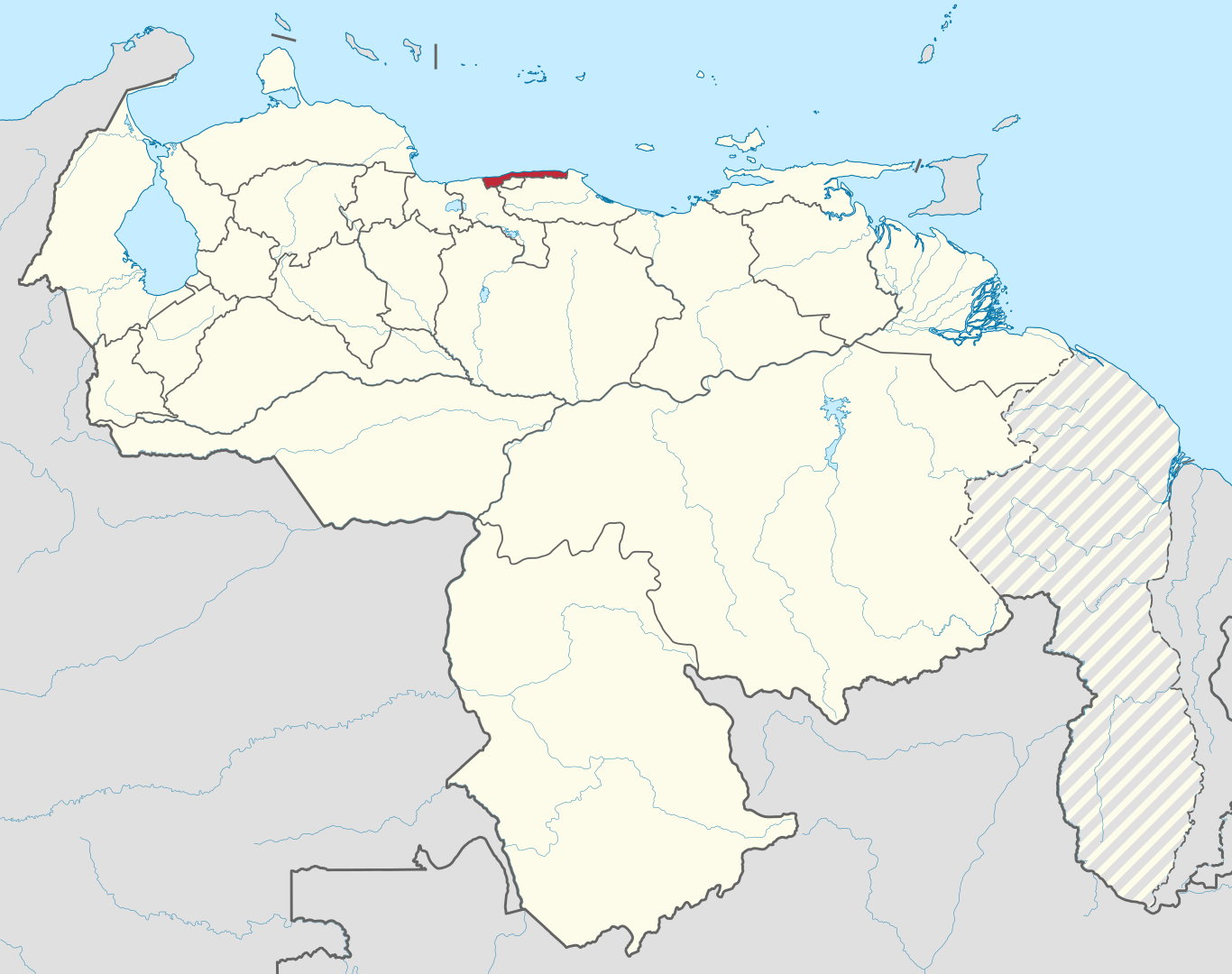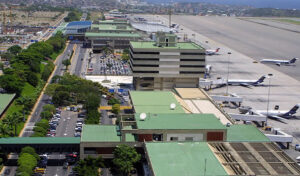La Guaira
La Guaira State (Spanish: Estado La Guaira), known until 2019 as Vargas State (Spanish: Estado Vargas, IPA: [esˈtaðo ˈβaɾɣas]), is one of the 23 states of Venezuela.
Formerly named after Venezuela’s first civilian president, José María Vargas, the state comprises a coastal region in the north of Venezuela, bordering Aragua to the west, Miranda to the east, the Caribbean Sea to the north and the Capital District to the south. It is home to both the country’s largest seaport and airport. The state capital and largest city is La Guaira followed by Catia La Mar and Maiquetía. The Litoral Varguense conurbation is the principal urban agglomeration in the state, which is part of the Greater Caracas Area.
In 1999, the geographic center of the state suffered major floods and landslides, known as La Tragedia de Vargas (the Vargas tragedy), causing major losses of life and property, and resulting in forced population movements, including the virtual disappearance of some small towns. Thousands died, and many more fled the area to other states. The state’s name was changed on 14 June 2019 to La Guaira.


